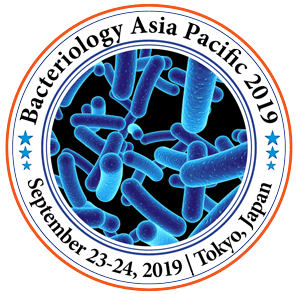
Manik R Wahyunitisari
Airlangga University, Indonesia
Title: Crosstalk between cholecalciferol, retinyl palmitate and tuberculosis
Biography
Biography: Manik R Wahyunitisari
Abstract
Vitamin A and vitamin D contribute on Tuberculosis (TB) pathogenesis. The purpose of this study is to analyze are the combination of cholecalciferol and retinyl palmitate could induce the effectiveness of 2nd line anti-TB drugs. Mus musculus C3HeB/FeJ was infected by multidrug-resistant strain Mtb. The first group (G1) was euthanized two weeks after infected to evaluate lung TB forming. (G2) is control group without any therapy. (G3) was given 2nd line anti-TB drugs. (G4) was given retinyl palmitate and 2nd line anti-TB drugs. (G5) was given 2nd line anti-TB drugs and cholecalciferol. (G6) was given 2nd line anti-TB drugs, retinyl palmitate and cholecalciferol. Immunohistochemistry was used for measuring nuclear receptor expression of vitamin D (VDR) and vitamin A (RARγ2); apoptosis caspase-3 marker; autophagy markers CRAMP and LC3B; necrosis marker RIPK3; and interstitial collagenase MMP1. Bacteria viability was counted in Colony Forming Units (CFU). Partial least square structural equation modeling (PLS-SEM) was used to analyze structural model within variable. VDR and RARγ2 were increased by each ligand (p=0.026 and p=0.019). Cholecalciferol increases autophagy which is characterized by an increase in CRAMP and LC3B (p=0.000 and p=0.001) and decreases MMP1 (p=0.010). Cholecalciferol or retinyl palmitate both increased casp3 expression (p=0.035 and p=0.027) and both reduced CFU (p=0.000 and p=0.000). The combination of cholecalciferol and retinyl palmitate reduced RIPK3 (p=0.002). Our study proves that the combination of cholecalciferol and retinyl palmitate supplementation on the 2nd line anti-TB drugs reduces cell necrosis directly.

